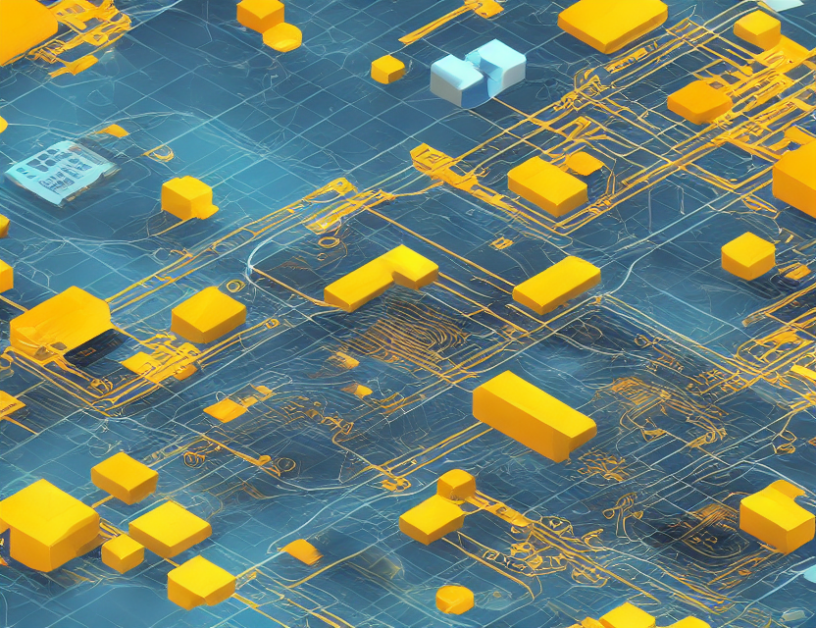In this paper, we explore the concept of algorithmic fairness through the lens of information flow. We examine how data flows through a system, both in terms of the data itself and the algorithms used to process it. By understanding these information flows, we can identify potential biases and take steps to mitigate them.
One key challenge is that fairness is not always a straightforward concept. It can be difficult to define what fairness means in a particular context, let alone how to achieve it. However, by looking at information flow, we can gain insights into the relationships between different components of a system and how they interact.
For example, consider a machine learning model that is trained on data about people’s ages. If the model is biased towards older individuals, this could be due to a number of factors, including the way the data was collected or the algorithms used to process it. By analyzing the information flow within the system, we can identify these biases and take steps to address them.
Another important aspect of algorithmic fairness is the concept of counterfactual fairness. This refers to the idea that a system should treat individuals in a way that is fair, not just based on their actual characteristics, but also based on what they could have been if they had different attributes. For example, a hiring algorithm that takes into account someone’s gender or race could be seen as unfair, even if it is making decisions based on objective criteria. By understanding the information flow within a system, we can identify these types of biases and work to mitigate them.
Overall, our research demonstrates the importance of considering information flow when working towards algorithmic fairness. By gaining insights into how data flows through a system and how algorithms interact with it, we can develop more fair and inclusive solutions. This is an area that is still in its early stages of research, but it has the potential to make a significant impact on the development of AI systems in the future.
Computer Science, Cryptography and Security
Fairness in Machine Learning: Challenges, Metrics, and Improvements



